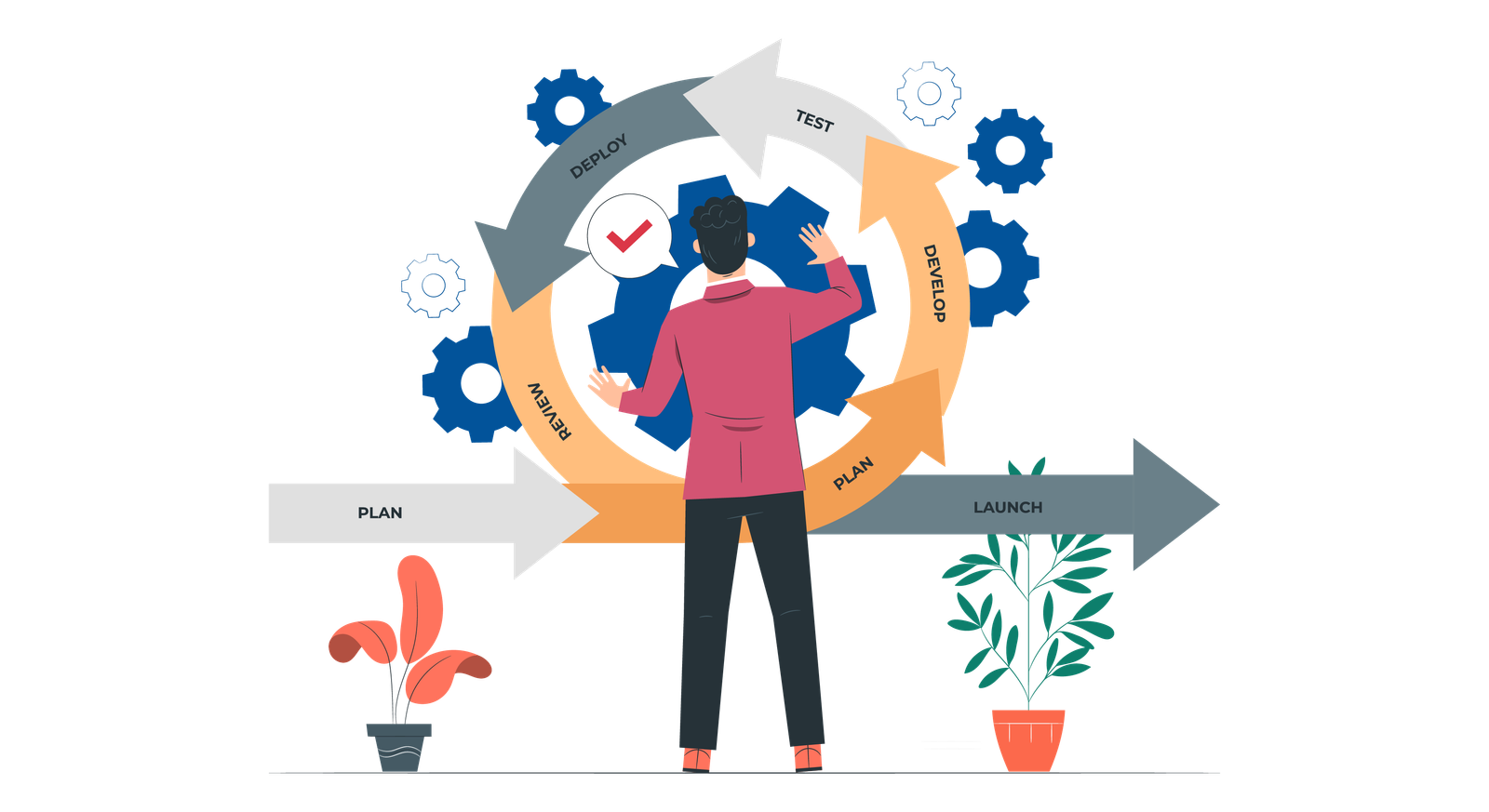
1. Consultation: Every successful project starts with a well-defined set of feature requirements. Many clients come to us with a vision of what they want, but when it comes to specifics, they want to hear options. We are consultants, first and foremost. Our team of experts will discuss your ideas with you and provide you with technical recommendations, feature suggestions, and the best options available to get you to your goals.
2. Prototyping: To help you visualize and refine your feature requirements, our app design team will create a set of interactive prototypes that you can take to your key stakeholders, investors or internal user groups for their input and feedback. This iterative process ensures buy-in from your constituents and allows us to deliver an accurate development budget and timeline based on the final, approved software design prototype. Let’s face it, no one likes surprises when it comes to budget overages and poor user interface. This step ensures there won’t be any.
3. Planning: Your PM will lead you through the process of setting sprint-review schedules, establishing communication flows, and monitoring your budget throughout the project’s lifecycle. If you need a phased-release approach due to budget constraints or time-to-market goals, we'll work with you to identify your Minimum Viable Product (MVP) and product roadmap logistics.
4. Sprint cycle: Based on the refined project roadmap, a cycle of development iteration planning begins; collaborative sprint review sessions commence; and project status reporting is delivered.
5. Development: Features are composed of user stories, which we then break down further to create well-defined development tasks for coding by our expert software engineers. Our technicians will work on architecture and coding as well as work with your internal development staff (if needed) for system integrations or API coordination.
6. Testing: Enactive testing is a core component of each sprint cycle. We release code to a staging environment for your review only after our internal QA has identified any software issues and verified that they’ve been resolved. Any identified bugs are tracked and addressed as part of the current sprint.
7. Evaluation: Each feature set developed during a sprint cycle is released for your review and user acceptance testing. This keeps everyone engaged throughout development and ensures that there are no surprises at the end of the project. Any identified bugs are tracked and addressed as part of the next sprint.
8. Launch: You have signed off on your final user acceptance of the software and now it’s time for us to release your application to the production environment and/or mobile app stores. Woohoo! Your new app is live and available for public or operational use. Together, we’ve completed a thorough testing phase, however, it is not uncommon for software “bugs” to arise once in production when real-life interactions are applied. Don’t worry — you’ve entered our 30-day, post-launch warranty period during which we will quickly implement fixes at no charge.
9. Maintenance: This is your
insurance policy, meaning, we are with you for the long haul. The stability and
well-being of your application demand the attention of monthly support to
ensure that user experience and operations run smoothly no matter what. Don't
let factors beyond your control (such as software or operating system upgrades,
third-party integration changes, browser updates, etc.) disrupt your business.
